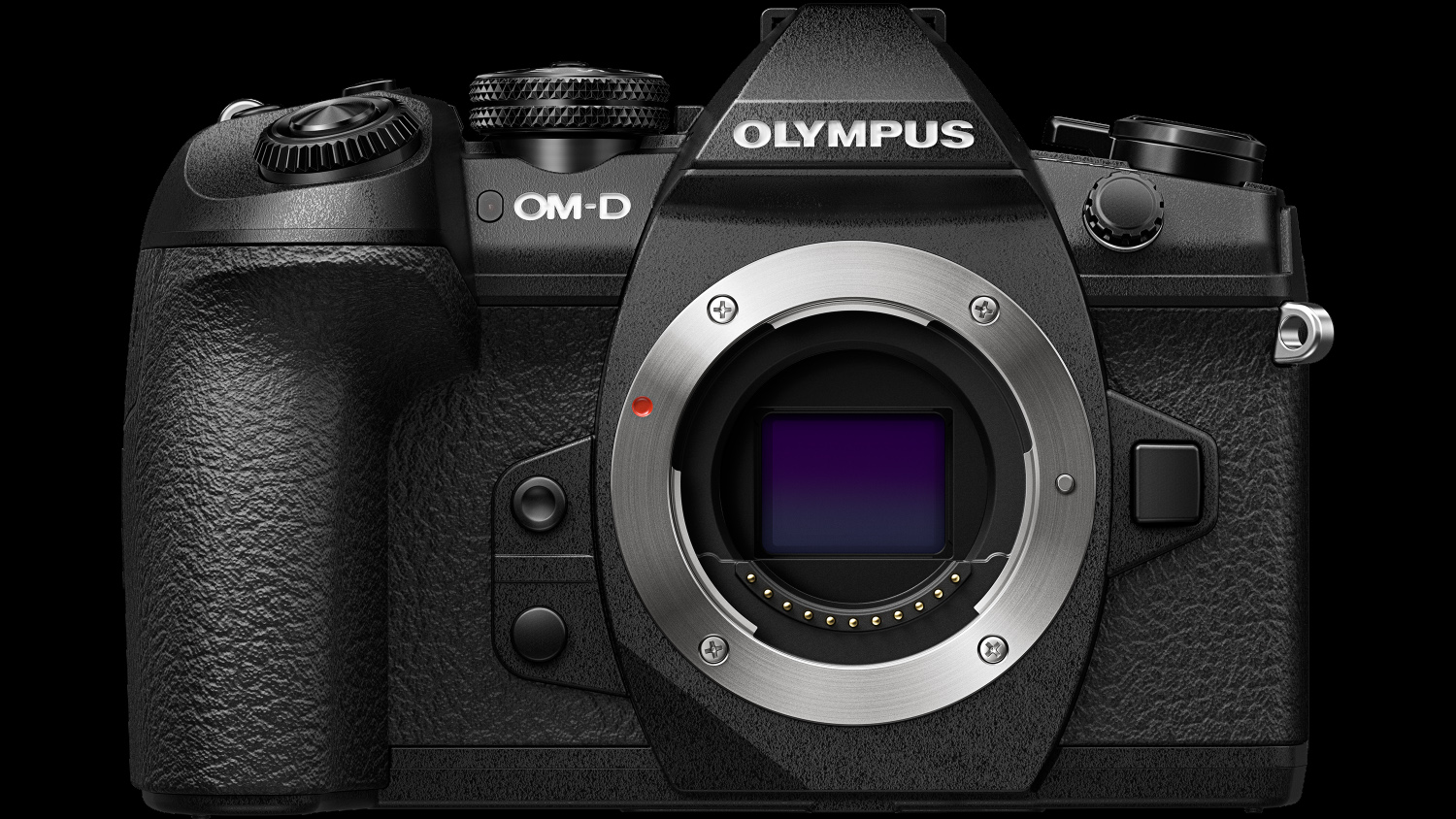I have a crazy idea that could revolutionize the whole MFT camera system
The MFT format is crying out for a single killer feature, and I think this square sensor could be just what OM System and Panasonic need

The issue for the Micro Four Thirds format, as used by OM System and by Panasonic in its Lumix G cameras, is that not a lot seems to be advancing technically, certainly for stills photography, and the smaller sensor format puts it at a disadvantage relative to APS-C or full frame cameras.
These are among the best cameras for video, the best cameras for video and even the best cameras for beginners, but as we've reported before, Micro Four Thirds cameras get no respect – or at least not the respect we think they deserve.
The MFT format does have the advantage of much smaller, lighter, less expensive and sometimes better lenses, but that's a pretty subtle argument. What I think it needs is a single killer feature that no other maker has. And I think this might be it.
What we need is an oversize, square, multi-aspect sensor which offers no resolution penalty for swapping aspect ratios, allows vertical shooting without rotating the camera, and maybe even automatic horizon leveling?
Sounds impossible? Actually, it would be really easy using tech and lenses that already exists. All it needs is a maker bold enough to make a square sensor. And that's not so mad either, as GoPro has already done it with the nearly-square 8:7 ratio sensor in the Hero11 Black.
This would also provide a 'multi-aspect' sensor where you no longer pay a big penalty for using different aspect ratios. Panasonic has already dabbled with this in the past, but with regular rectangular sensors which don't really go far enough. What if you could shoot square images, 4:3 images, or even 3:2 ratio images with almost no loss in megapixels from cropping to those different ratios?
How would a multi-aspect square sensor work?
My diagram shows how this would work. With an oversize square sensor, changing the aspect ratio simply means trading width against height, resolution-wise. You don't lose lots of megapixels by swapping ratios as you do with a regular sensor. Even the 'worst' crop, which is 16:9, brings a pretty modest loss in megapixels, and for 4K filming there's already resolution to spare in modern sensors, so captured footage would be oversampled anyway.
The diagram makes some rough calculations. Assuming the 'native' square format is 20 megapixels, here's how the other formats pan out:
1:1 (square): 20MP
4:3 (regular MFT ratio): 18.9MP
3:2 (APS-C and full frame ratio): 18.6MP
16:9 (video): 17MP
I love the 1:1 ratio, which I think is underused and under-appreciated, and there would be no resolution penalty. You could also shoot in either 4:3 OR 3:2 ratio without having to worry about losing megapixels.
My plan would mean using an oversize sensor and unavoidably wasting some extra resolution, but we do that every time we swap shooting ratios with regular rectangular sensors.
And just think of the other advantages:
• No need for new lenses: all lenses produce a circular image circle that will match a square sensor shape.
• Digital horizon levelling: well, it's surely possible? All you need is a gyro to detect camera tilt and then a digital tilt correction in-camera. You wouldn't need to rotate the sensor.
• No need to turn the camera through 90° for vertical shots: you could shoot vertically with the camera held normally, and with no resolution penalty.
So OM System or Panasonic, if you are reading this, can you at least think about it?
See our guides to the best Micro Four Thirds cameras and the best MFT lenses available right now
The best camera deals, reviews, product advice, and unmissable photography news, direct to your inbox!

Rod is an independent photography journalist and editor, and a long-standing Digital Camera World contributor, having previously worked as DCW's Group Reviews editor. Before that he has been technique editor on N-Photo, Head of Testing for the photography division and Camera Channel editor on TechRadar, as well as contributing to many other publications. He has been writing about photography technique, photo editing and digital cameras since they first appeared, and before that began his career writing about film photography. He has used and reviewed practically every interchangeable lens camera launched in the past 20 years, from entry-level DSLRs to medium format cameras, together with lenses, tripods, gimbals, light meters, camera bags and more. Rod has his own camera gear blog at fotovolo.com but also writes about photo-editing applications and techniques at lifeafterphotoshop.com

